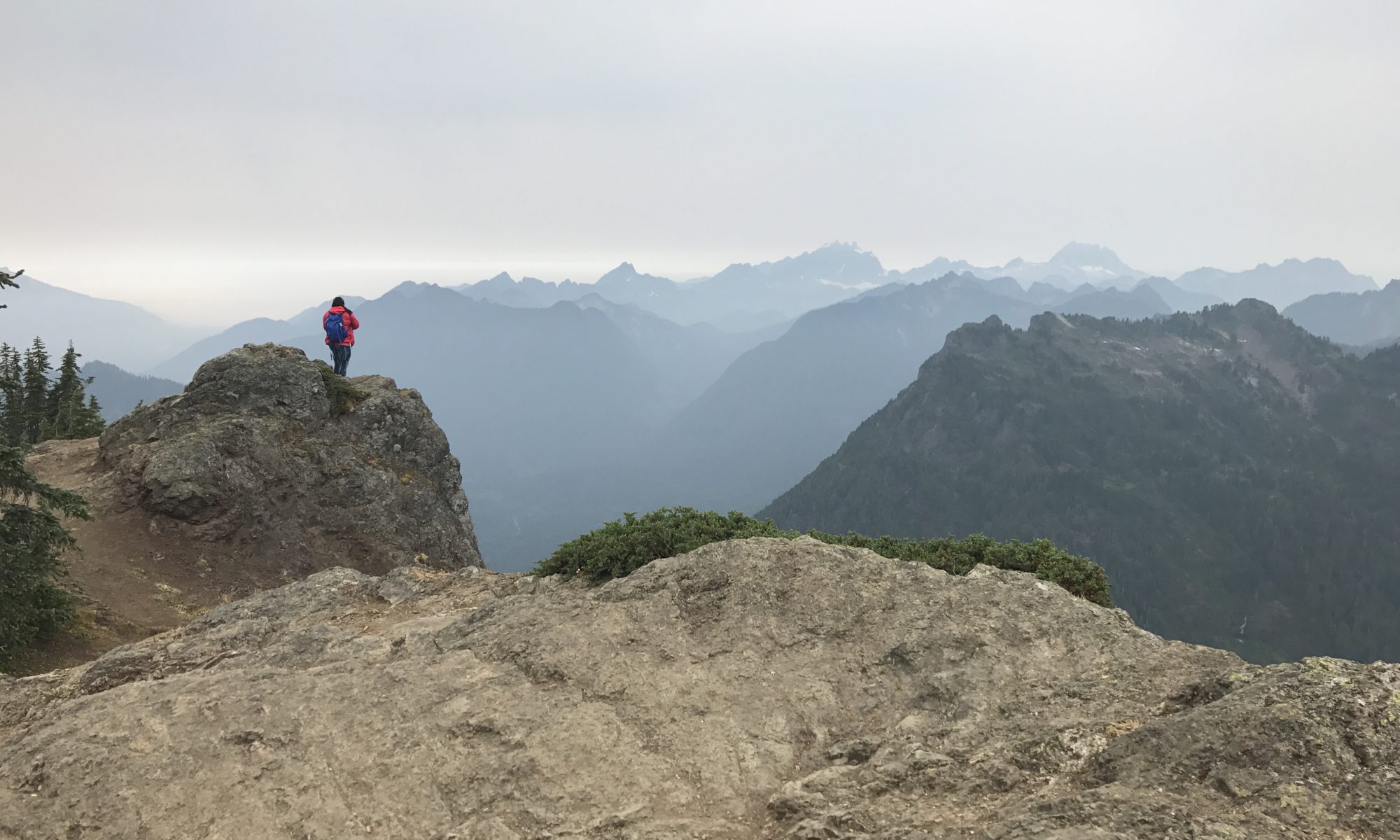Mt. Gingilos is a fantastic option for hiking in Crete, especially in winter when the Samaria Gorge is closed. The trail actually starts at the same place as the Samaria Gorge hike, which is convenient because it’s a well-paved (by Crete standards anyway) road and it’s easy to follow the signs to the right spot. First you follow the signs for Omalos, which is the plateau you cross prior to reaching the mountain. Then you follow the signs to Xyloskalo, which is the cafe at the trailhead. There’s a convenience store and the cafe has an amazing view at the trailhead as well.
You can see the entire face of the mountain looming in front of you as you drive up to the parking lot, and it’s somewhat intimidating to realize you’re about to climb all the way to the top.
The trail starts by climbing the hill up to the cafe, which also has restrooms. Note that during the winter, both the cafe and convenience store are closed. Then the trail continues switchbacking up the hillside, gaining elevation relatively quickly.
From there, the path continues somewhat level across the mountain until reaching the bottom of the saddle. There is a fresh spring with cold, clean water that is safe to drink (at least no one from our party got sick). I would recommend getting water from the hose instead of the water in the troughs, however.
At this point the trail continues to switchback up to the top of the saddle. This is a large boulder field, making footing somewhat more difficult. Once you reach the top of the saddle, you can see the Mediterranean Sea on both the North and South sides of Crete.
From the top of the saddle, you continue to the right towards the summit. This section gets a little more tricky and requires scrambling on rocks in sections. There are yellow spray painted signs that supposedly guide you towards the safest route across the rocks. There are several false summits on the way up, so don't get discouraged! You eventually reach a flat section with a large cairn. This is not the true summit, but still has amazing views if you don't want to continue the rock scramble. The true summit is about 20 minutes further, and here it really pays to follow the yellow painted rocks.
The views from the summit are 360 degrees and absolutely gorgeous. It's a nice place to relax after a long uphill climb. Crete is unfortunately full of rocks, so the downhill can be rough on feet and knees. Afterwards we stopped at a restaurant in an orange grove and had some of the best orange juice I've ever tasted. All in all, I highly recommend this hike to anyone visiting beautiful Crete, Greece!










